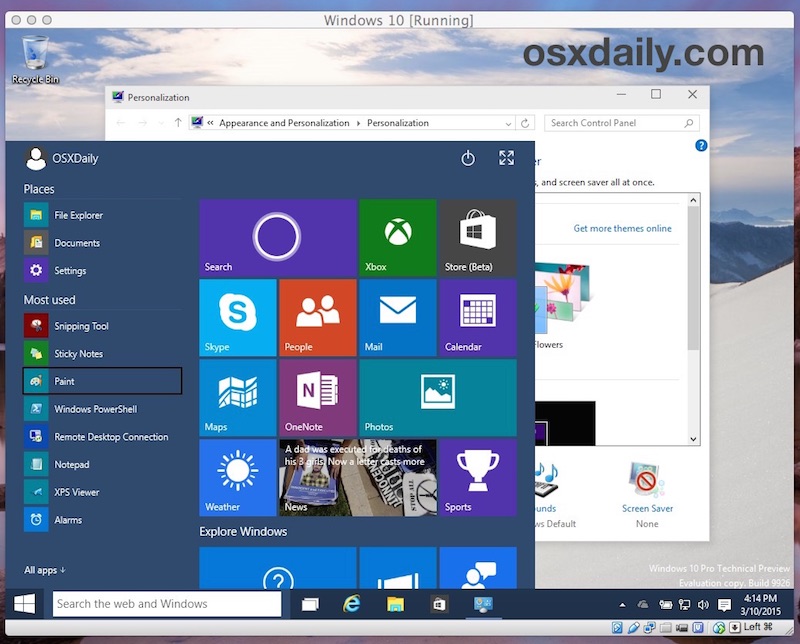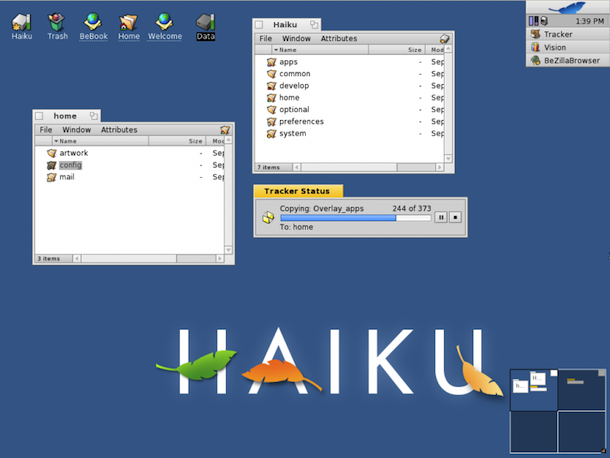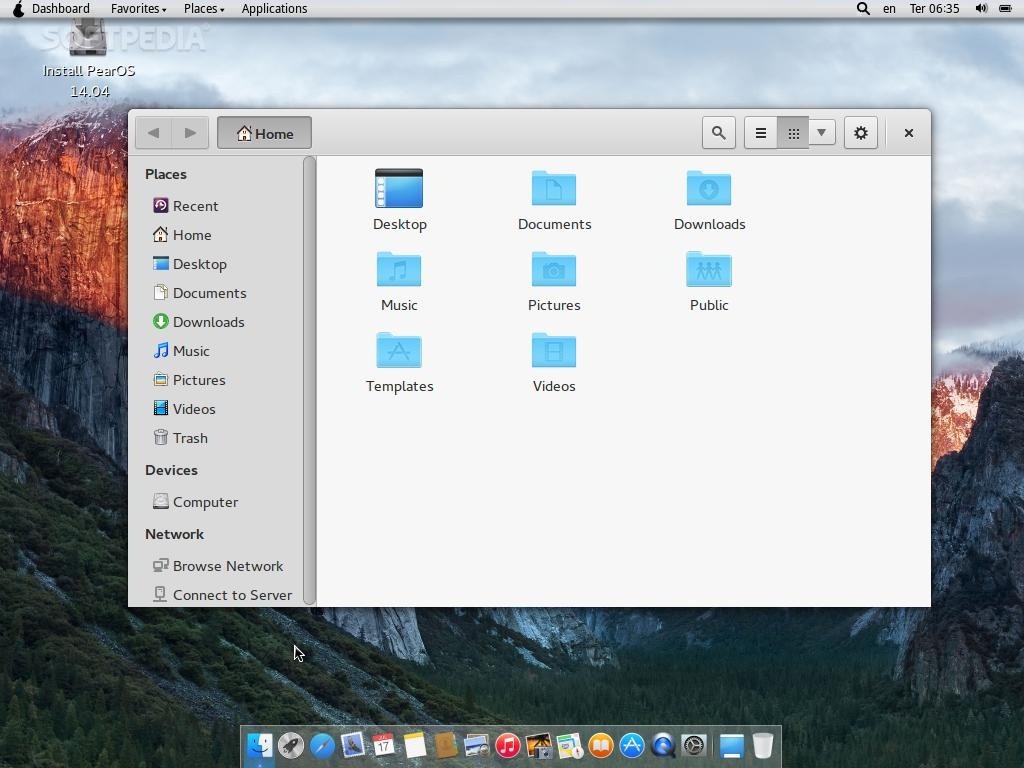Iso Image For Mac Os X Download
Apple Inc is developing Mac OS for the Mac device community to give a stunning experience to the user. At the moment, Mac OS Mojave is the latest operating system has been released to the public for further customization. In this article, OS X Yosemite ISO will help you to give a special experience to the end user. Let’s refer this guide to know more about OS X Yosemite ISO.

Download Mac OS X 10.4 Tiger ISO, DMG installation files directly. Download the installation file for Mac OS X 10.4.6 Leopard PowerPC.iso. Download File OS X 10.4 Intel (Machine). Download Niresh Mac OS X Yosemite 10.10.1 free standalone DVD ISO image offline setup. The Niresh Mac OS X Yosemite Zone 10.10 is a powerful operating system with different security updates and enhancements. Bootable Mac Os Iso Download Once that's done with, Mac OSX will install itself. This will take at least 20 minutes. When the installation finishes, Mac OS X will crash. Restart your virtual machine, and eject iAtkos from your virtual DVD drive. To eject iAtkos, right-click on the CD icon at the bottom right of the Virtualbox.
More about OS X Yosemite Download
Download OS Yosemite is a nothing for the familiar users of Mac device which this latest version available to download in many ways. This is released on 16th of October in 2014 including enhancing powered features. Anyhow, here you are going to learn about OS X Yosemite ISO which is related to the Yosemite installation process.
What is Mac ISO?
This ISO image is a compressed file which you can keep a copy of data on a CD or DVD file. As well as you can distribute large files to burn to an optical disk with backup CD or DVD. likewise, it is a copy of the physical disc and especially used to move Windows, Linux, and Mac devices.
About Mac OS versions
By now Apple Inc has released different Mac OS to the public including several features. From time to time Mac device community can enjoy a lot with upgrading their Mac device to the latest version. OS X Yosemite ISO is one of them which helps you to improve your performance without any mess.
Updated Features of Yosemite Mac OS
Mac Os 10.4 Iso Download
Spotlight hang around which it comes with OS X Yosemite will give a different interface.
View OS X library can unlock the hidden library started to hidden by mavericks versions.
Preview files in Finder let you preview your images easier using space bar efficiently.
A digital signature can use for camera and touch pad.
What can be your impression about OS X Yosemite?
This is a clean and faster operating system which always make you happy with your Mac device. You can work with a user-friendly interface to improve your performance and features. Hope this is the most compatible OS to the community which gives great experience as you expected. So it could pass to give a stunning process to your Mac device in the first impression.
Security Process of OS X Yosemite ISO
When using this latest Yosemite version no need to keep any doubt about this version. Because most of the Mac users have approved it is a perfectly safe Mac operating system to the user. So it will be the main reason for use this amazing operating system to your Mac device to protect your personal details than the previous version.
Can you download Yosemite OS without using the App Store?

You have a lucky chance to download Yosemite or any other Mac OS to your device by using special methods. Nothing worry about your device compatibility which means you can use the best downloading method for your convenience. This is a great introducing term of Apple Inc which gives the best process to your smart device.
OS X Yosemite ISO improved Versions
If you are hunting bugs on your Mac OS version you can get updated features to your Mac device. When identifying bugs of Mac OS Apple Inc will release the bug fix version to the public. Therefore always you can update your version with many improvements without any issues.
As soon as you can get this Mac OS to your device without any hesitation using the official site. If you are thinking to use an external installation method OS X Yosemite ISO will help you solve your problem.
These advanced steps are primarily for system administrators and others who are familiar with the command line. You don't need a bootable installer to upgrade macOS or reinstall macOS, but it can be useful when you want to install on multiple computers without downloading the installer each time.
Download macOS
Find the appropriate download link in the upgrade instructions for each macOS version:
Os X Cd Image Download
macOS Catalina, macOS Mojave, ormacOS High Sierra
Installers for each of these macOS versions download directly to your Applications folder as an app named Install macOS Catalina, Install macOS Mojave, or Install macOS High Sierra. If the installer opens after downloading, quit it without continuing installation. Important: To get the correct installer, download from a Mac that is using macOS Sierra 10.12.5 or later, or El Capitan 10.11.6. Enterprise administrators, please download from Apple, not a locally hosted software-update server.
Download Mac Os Iso Image
OS X El Capitan
El Capitan downloads as a disk image. On a Mac that is compatible with El Capitan, open the disk image and run the installer within, named InstallMacOSX.pkg. It installs an app named Install OS X El Capitan into your Applications folder. You will create the bootable installer from this app, not from the disk image or .pkg installer.
Use the 'createinstallmedia' command in Terminal
- Connect the USB flash drive or other volume that you're using for the bootable installer. Make sure that it has at least 12GB of available storage and is formatted as Mac OS Extended.
- Open Terminal, which is in the Utilities folder of your Applications folder.
- Type or paste one of the following commands in Terminal. These assume that the installer is still in your Applications folder, and MyVolume is the name of the USB flash drive or other volume you're using. If it has a different name, replace
MyVolumein these commands with the name of your volume.
Catalina:*
Mojave:*
High Sierra:*
El Capitan: - Press Return after typing the command.
- When prompted, type your administrator password and press Return again. Terminal doesn't show any characters as you type your password.
- When prompted, type
Yto confirm that you want to erase the volume, then press Return. Terminal shows the progress as the bootable installer is created. - When Terminal says that it's done, the volume will have the same name as the installer you downloaded, such as Install macOS Catalina. You can now quit Terminal and eject the volume.
* If your Mac is using macOS Sierra or earlier, include the --applicationpath argument, similar to the way this argument is used in the command for El Capitan.
Use the bootable installer
After creating the bootable installer, follow these steps to use it:
- Plug the bootable installer into a compatible Mac.
- Use Startup Manager or Startup Disk preferences to select the bootable installer as the startup disk, then start up from it. Your Mac will start up to macOS Recovery.
Learn about selecting a startup disk, including what to do if your Mac doesn't start up from it. - Choose your language, if prompted.
- A bootable installer doesn't download macOS from the Internet, but it does require the Internet to get information specific to your Mac model, such as firmware updates. If you need to connect to a Wi-Fi network, use the Wi-Fi menu in the menu bar.
- Select Install macOS (or Install OS X) from the Utilities window, then click Continue and follow the onscreen instructions.
Learn more

For more information about the createinstallmedia command and the arguments that you can use with it, make sure that the macOS installer is in your Applications folder, then enter this path in Terminal:
Catalina:

Mojave:
High Sierra:
El Capitan:
